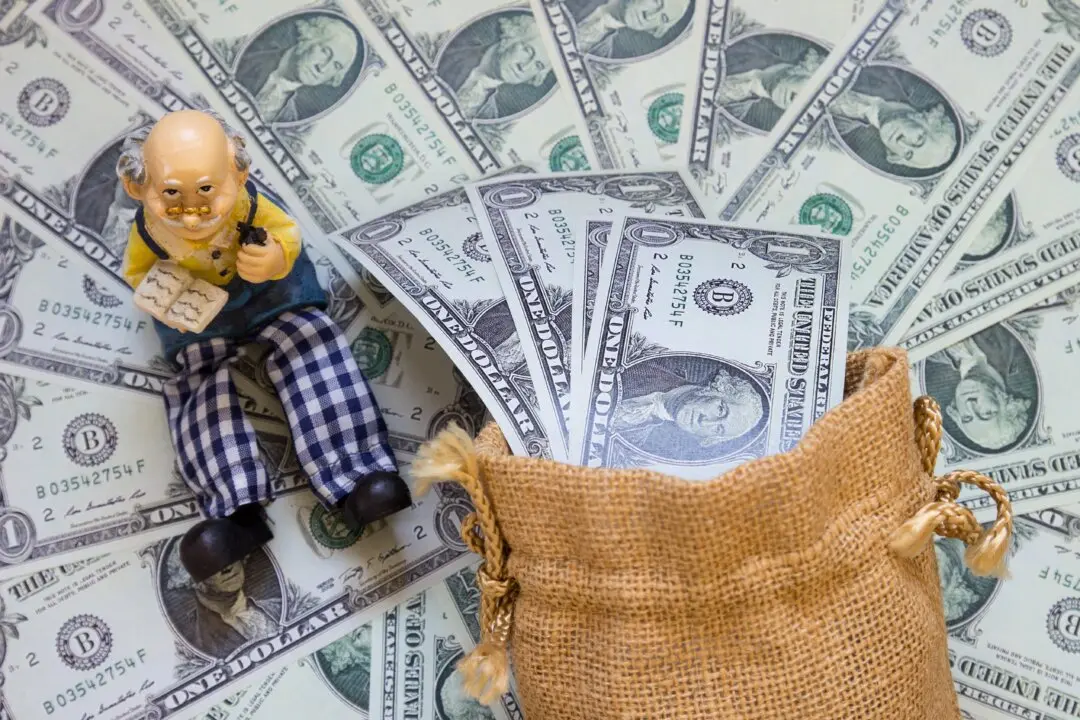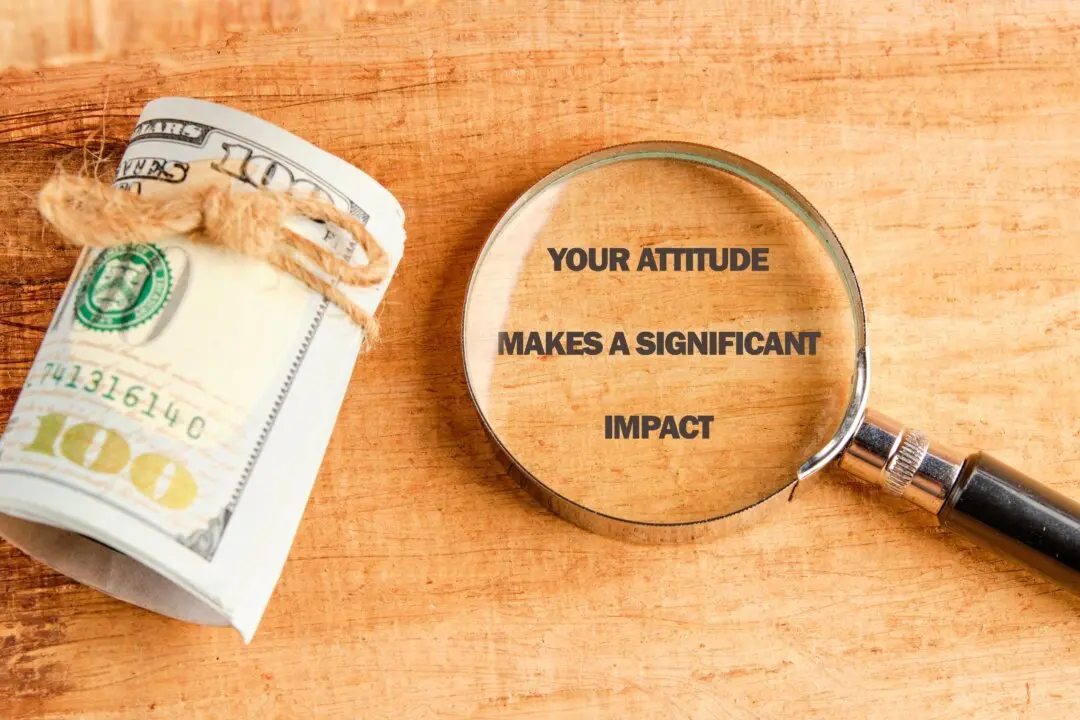Checks and cash are relics in the payment industry. With an influx of alternatives and the steady climb in people using their smartphones to purchase goods and services, it’s clear that mobile payments will become the preferred payment method in the very near future. That means we can expect to see some exciting and innovative developments that will make mobile payments more convenient and secure over the next couple of years, such as these eight trends in mobile payments.
1. More Tech Giants Will Offer ‘Pay’ As a Feature
Apple Pay, Samsung Pay, and Android Pay are already here. As Ilya Pozin points out in Forbes, while they have similar features, “they aren’t one-to-one copies of each other.” They’re meant to be payment platforms that will integrate with their respective companies, such each “pay” service offers something unique for their users.While we shouldn’t expect major tech companies to become industry leaders in the payment industry, we can expect them to “support the continued growth of the larger platform and vision.”






